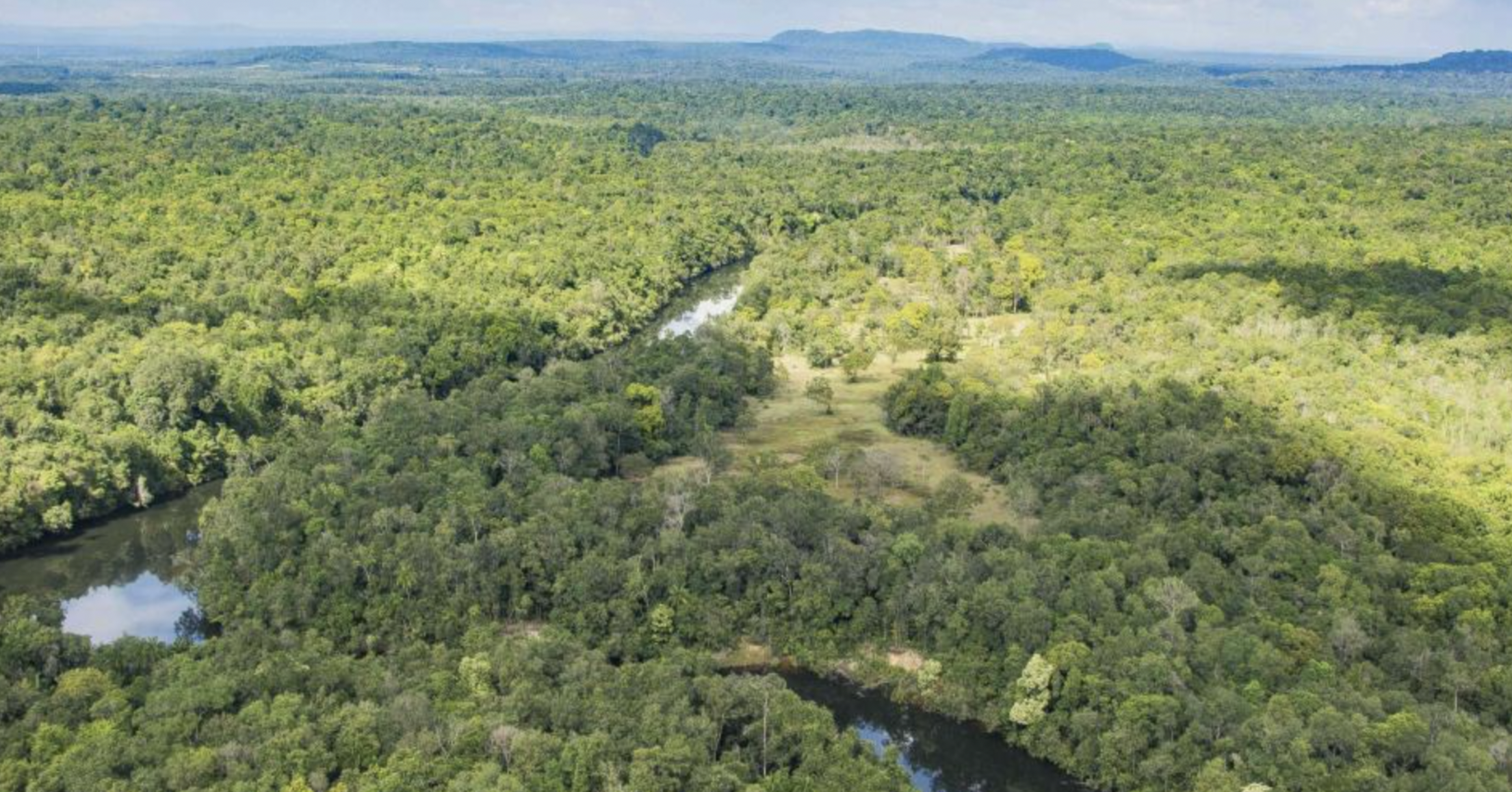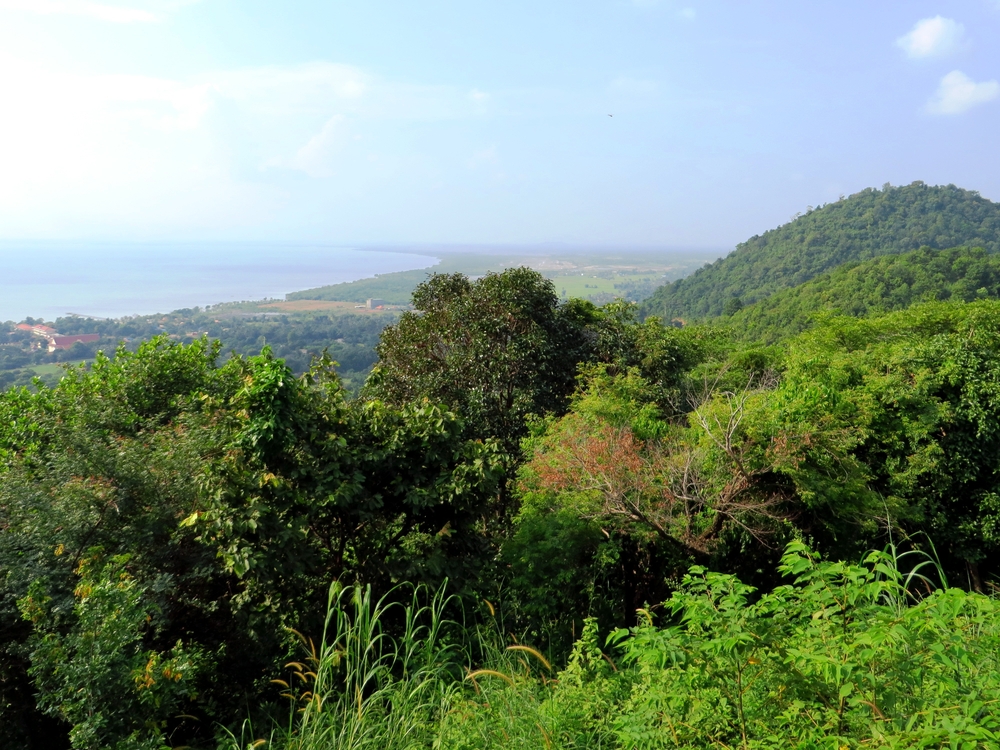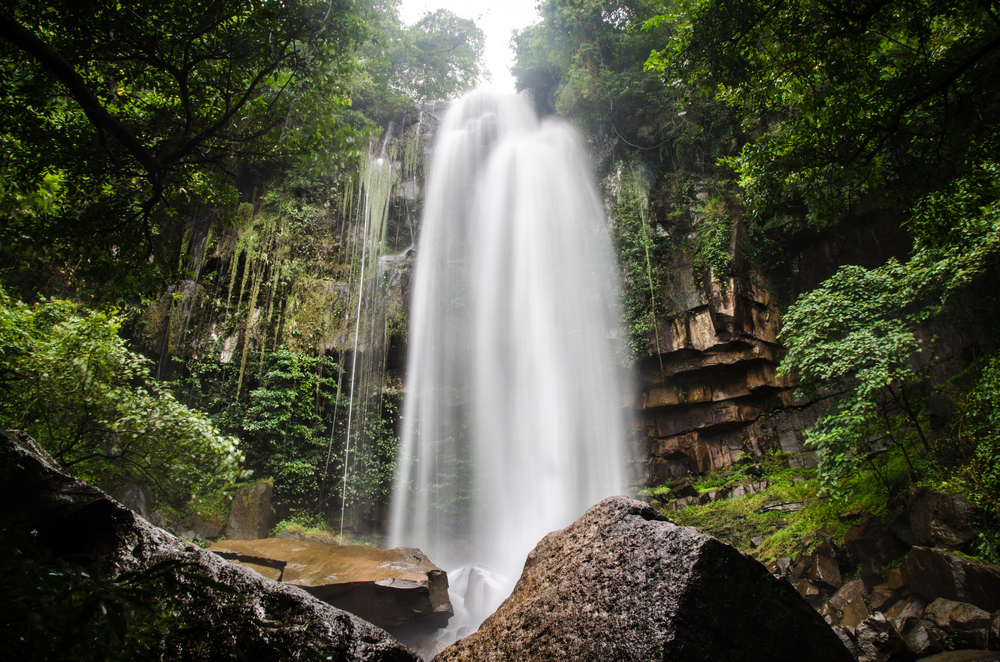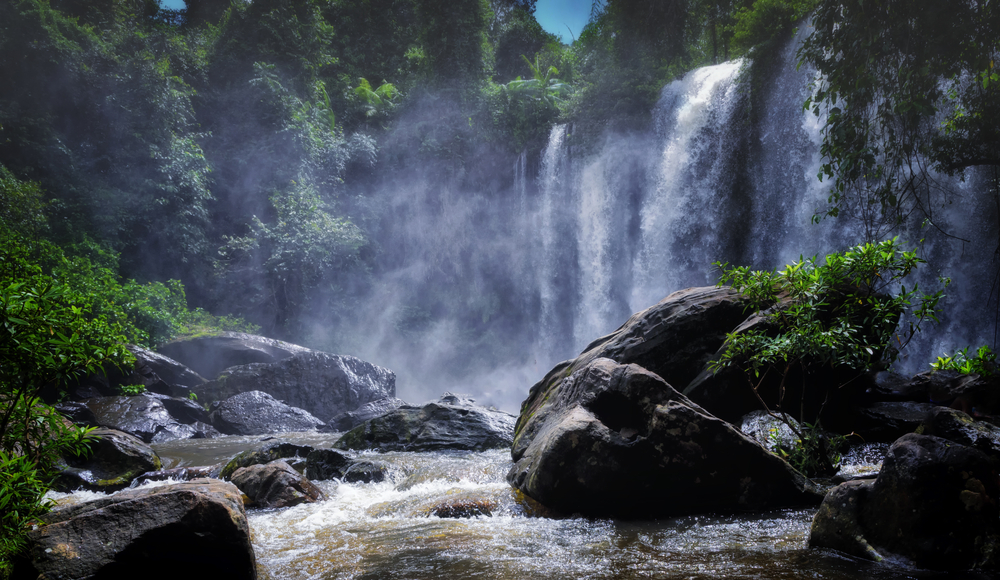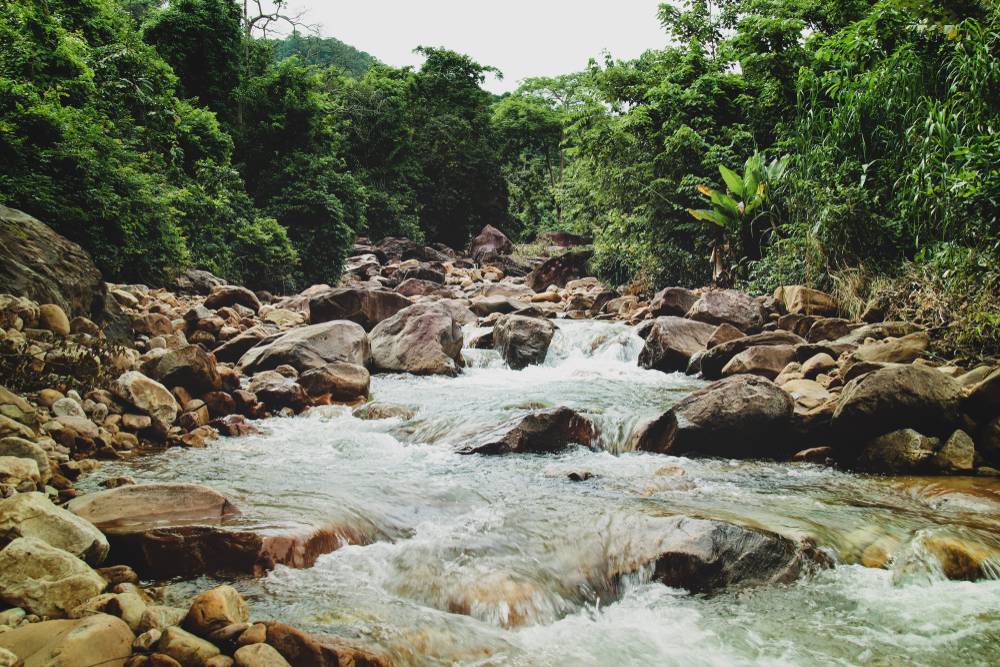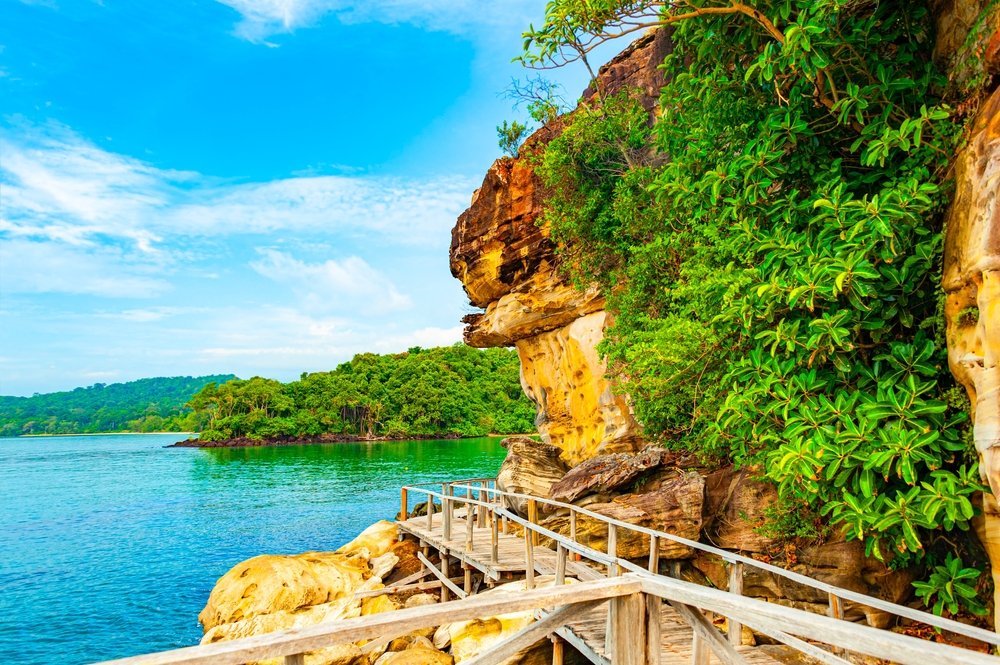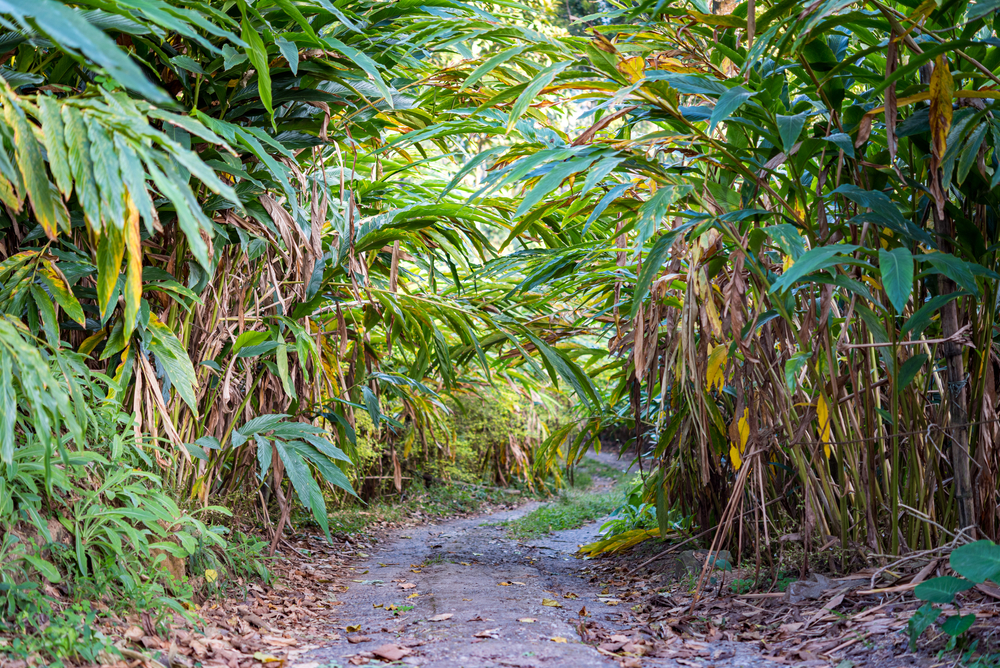Botum Sakor Overview
Botum Sakor National Park, locally known as “ឧទ្យានជាតិបូទុមសាគរ” in Khmer, is the largest national park in Cambodia, covering an expansive area of approximately 6,430 square kilometers (2,482 square miles). Situated in the southwestern part of the country, the park is part of the Cardamom Mountains and features a diverse landscape that transitions from coastal lowlands to rolling hills, interspersed with mangrove forests, rivers, and dense tropical rainforests.
The terrain in Botum Sakor is varied and captivating. The coastal areas are fringed with mangrove swamps, creating critical ecosystems for marine life and providing stunning scenic views. Further inland, the landscape transforms into verdant forests and open grasslands, all backed by the rugged contours of the Cardamom Mountains. This diverse topography supports a range of habitats that house an astonishing variety of wildlife.
The park is a sanctuary for some of the most endangered species in Southeast Asia. It is home to the Asian elephant, clouded leopard, and the sun bear. Rare primates such as the pileated gibbon and slow loris can also be found in the park’s dense canopies. Birdwatchers are drawn to Botum Sakor for its population of hornbills, storks, and other avian species, many of which are endangered. Reptiles, including Siamese crocodiles, also inhabit the park’s waterways.
Visitors to Botum Sakor National Park can engage with the park through guided eco-tours, wildlife safaris, and treks. The remoteness of the park offers an unparalleled opportunity to explore unspoiled natural beauty and encounter wildlife in its natural habitat. The nearby coastal regions also allow for water-based activities such as kayaking and exploring mangroves.
Despite its beauty and ecological significance, Botum Sakor faces several challenges. Rapid deforestation, illegal logging, and encroachment for agricultural expansion have posed significant threats to the park’s ecosystems. Conservation efforts are ongoing, with local and international organizations working to protect its biodiversity. Sustainable tourism initiatives are also being encouraged to help preserve the park while providing livelihoods for local communities.
In summary, Botum Sakor National Park is a vast and biodiverse area that represents one of Southeast Asia’s most critical conservation regions. Its remarkable landscapes and unique wildlife make it an important destination for eco-tourists and nature enthusiasts. However, balancing human development and conservation remains a pressing challenge for the park’s long-term sustainability.








































































